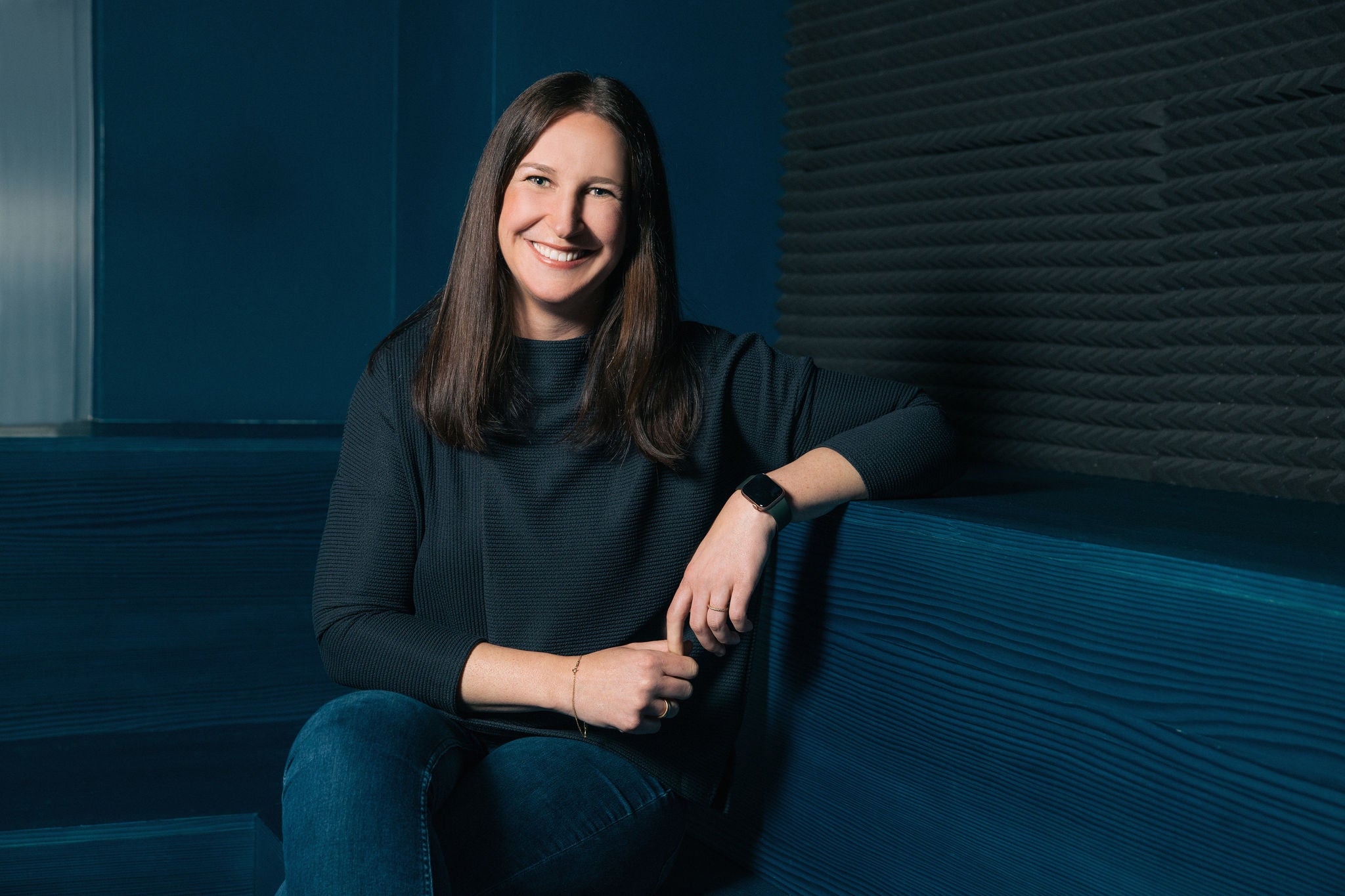
Let’s Debunk the Myth that Design Systems Stifle Creative Expression
The digital landscape is rapidly evolving, and brands are continuously challenged to keep up with the pace of change. Amidst this dynamic environment, design systems have emerged as an indispensable tool for brands to achieve success. Contrary to popular belief, design systems do not hinder creativity but rather provide a foundation that allows for greater innovation and flexibility.
The Necessity of Design Systems in a Digital World
Consumers today interact with brands across multiple channels and devices. As brands expand their digital presence, it is essential to have a design system that can easily scale and adapt to new platforms and technologies. Design systems provide a modular, component-based approach that allows brands to quickly and efficiently launch new features, products, or campaigns without compromising visual or functional consistency. The Salesforce Lightening Design System, for example, positively impacts user workflow by reducing ambiguity, anticipating user needs, and strengthening user intuition through the use of familiar interface patterns. This consistency strengthens brand identity and helps consumers develop trust and loyalty.
By offering a unified set of guidelines, components and patterns, design systems help ensure accessibility and usability for all users, regardless of their abilities or circumstances. This inclusivity not only meets ethical and legal requirements but also expands a brand's potential audience and customer base, ultimately driving growth and success.
Debunking the myth: Why design systems in fact empower creativity
Contrary to the notion that design systems hinder creativity, they can actually enhance and empower it. They offer a solid foundation that designers can fall back allowing them to focus on innovation and problem-solving. By eliminating the need to constantly reinvent basic elements, designers can dedicate more time and energy to exploring unique solutions, pushing boundaries, and creating memorable experiences.
It’s important to remember that design systems merely provide the structure or frame for creative expression. But like an artist's canvas, it is the content that is filled into the components of a design system that truly delivers the creativity. With the foundation and guidelines in place, designers can focus on crafting unique, engaging content and visuals that align with the brand's identity, mission, and values.
Furthermore, design systems enable collaboration and diversity. They bring together designers, developers, and other stakeholders, allowing them to collaborate and contribute their diverse perspectives and ideas. This collaborative environment encourages the generation of creative solutions that take into account various viewpoints, resulting in more innovative and inclusive products and experiences.
In short, design systems are far from being a constraint on creativity. Instead, they provide the essential framework that allows brands to thrive in today's fast-paced digital world. By ensuring consistency, scalability, and collaboration, design systems enable brands to deliver exceptional user experiences across platforms and devices. Furthermore, design systems empower designers to push creative boundaries and contribute to a more inclusive and accessible digital landscape. In a world where design plays a critical role in brand success, design systems are not only necessary but indispensable.
Author: Christian Waitzinger, Chief Experience Officer (CXO) at Plan.Net Group
Interested in more content?
Back to Issue #11


